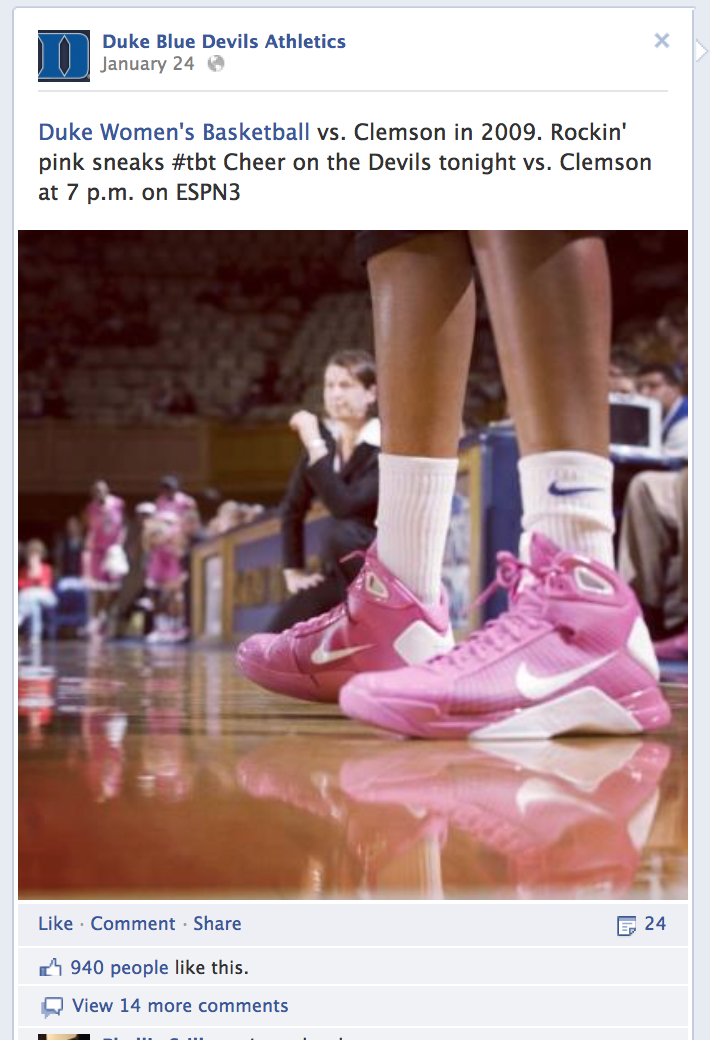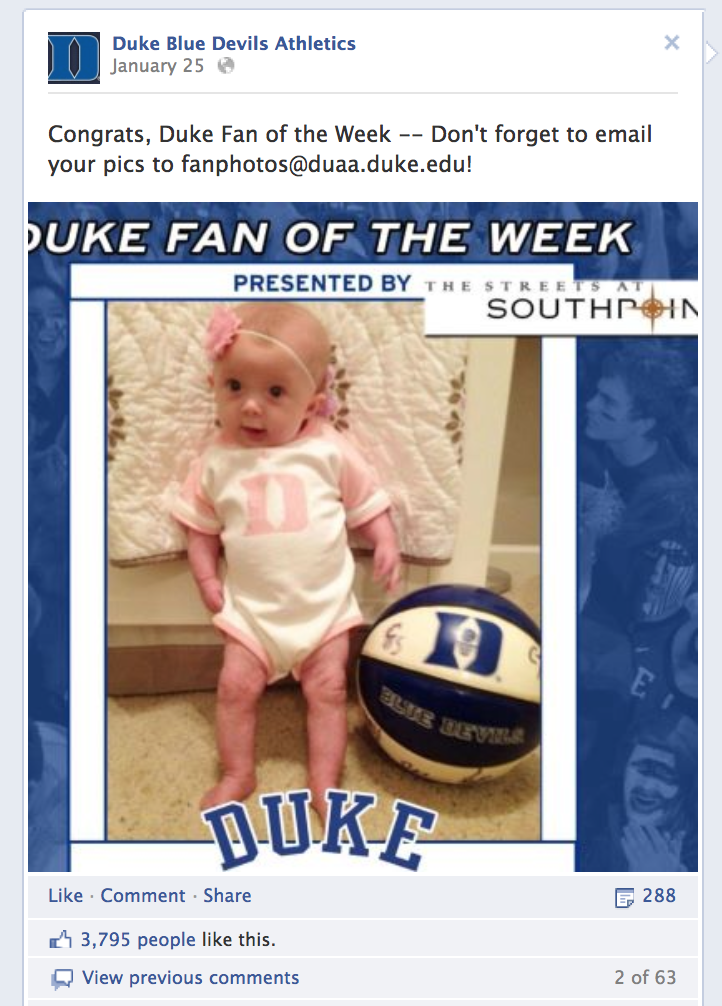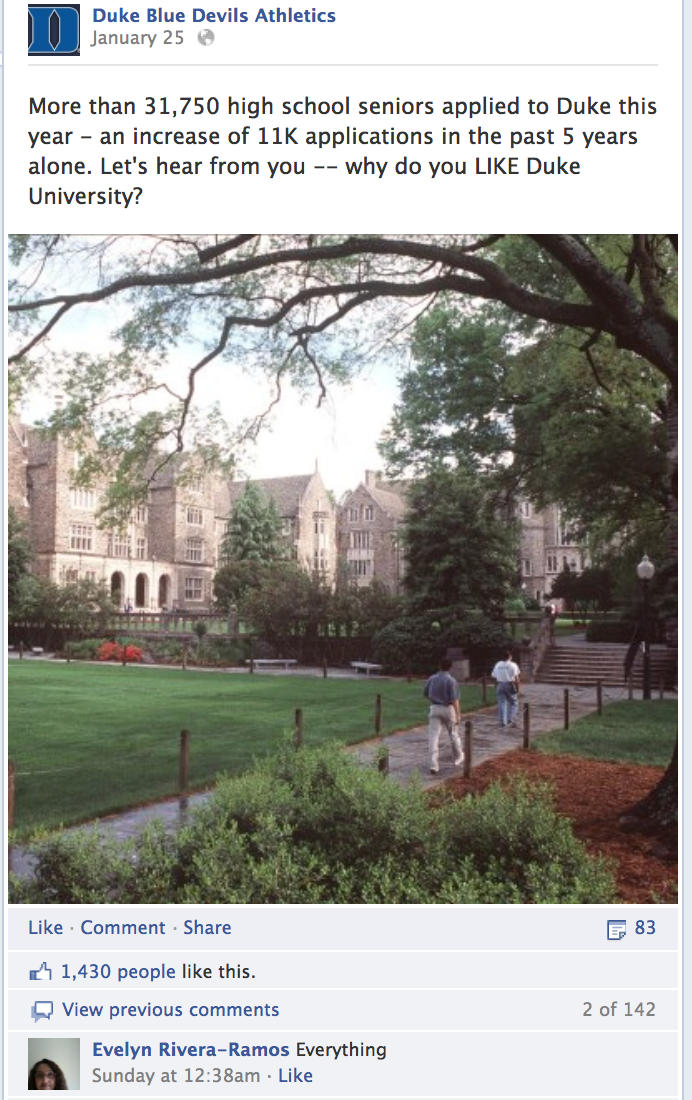The social media space has been overtaken by a new phenomenon– Vine. In case you haven’t heard, here’s what Vine is (according to its iTune description):
Vine is the best way to see and share life in motion. Create short, beautiful, looping videos in a simple and fun way for your friends and family to see.
Vine lets people create six-second videos to embed in Twitter (just like you can do with photos) or share on Facebook. The app itself looks much like Instagram; it’s a community where people can like videos, comment, tag, search, etc.
Six seconds might not seem like a lot of time, but as we have seen in its short life so far, a six-second video is plenty of time for creativity. Proof here.
While it’s still way too early to tell, I think Vine has a lot of potential in the sports space. Here are my way too early predictions for how Vine might be used in the sports industry:
Highlights
This is the most obvious one. Vine is the perfect opportunity to capture a highlight or great play and immediately share it on Twitter and Facebook. Yes, instant replay in its truest form. Michigan example here.
Promotions + Announcements
The New York Jets posted this Vine about “how Jets chant“. Basically, fans (or their staff) held up signs to spell out the Jets’ cheer. Teams and leagues can execute this simple idea in a lot of ways. For example:
- Remind fans to use their hashtag.
- Make an announcement. Who knows? Maybe one day we will see a team make a huge announcement on Vine, like a new head coach.
- Ask fans to take action with something (perhaps for a recently launched campaign).
- Have a player make a statement, thank fans for coming to the game, spell out a quotable quote, etc.
History
Check out this Gap Vine highlighting their ads throughout the years. This exact same philosophy can apply to sports. Whether the video walks through old media guides or a photo essay, there are a lot of opportunities for teams to take fans down memory lane.
Capture Emotion
A six-second video is plenty of time to pack a powerful punch of emotion; it all comes down to being at the right place, at the right time. Community managers need to keep their eyes out for teammates celebrating, the agony of pain, overzealous fans, the look of defeat, etc. Fans love the drama and emotion of sports. It helps to tell the story.
Behind the Scenes
I’m a big believer in behind the scenes content for teams and leagues across any social media platform. Teams and leagues should focus on giving fans access to something they can’t get anywhere else; if the game / event is on TV, the focus should be on enhancing the second screen experience (not play-by-play). Behind the scenes Vine videos could include:
- Warm ups, like the Brooklyn Nets did here.
- Locker room moments.
- In the huddle.
- Venue setup. Think time-lapse videos, only shorter and in much broader stages.
- Facility tours, like this weight room tour from the Houston Texans.
How To’s
Teams and leagues with a younger audience should consider creating Vine videos that demonstrate how to properly execute a skill, training technique, etc. With just six seconds, it needs to be simple, but the idea is something worth exploring.
& Much More
Of course, people are extremely creative and will blow this list away. Take what the University of Michigan did to promote their basketball game. My point is this: the opportunities with Vine are endless.
While it’s too early to tell if Vine is a fad or here to stay, it never hurts to start brainstorming ways your brand can use the application.
So, what do you think… will you give it a go?


